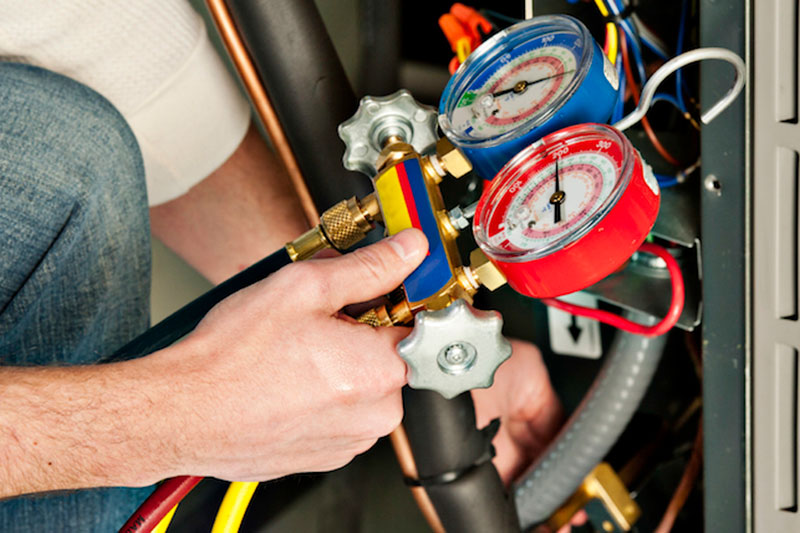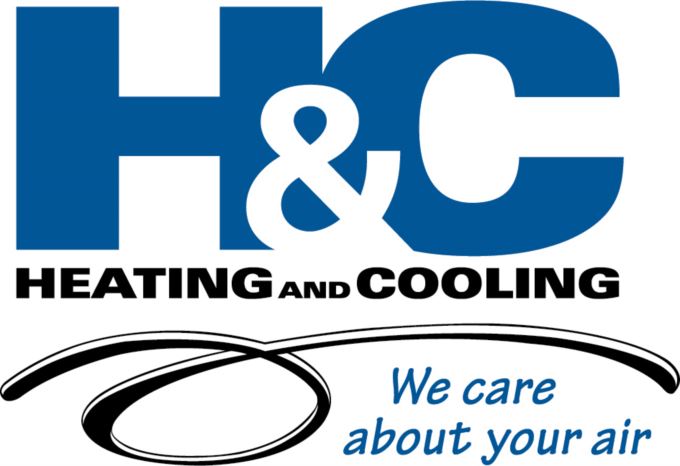
You might not think a lot about how your air conditioner works, but it requires refrigerant to keep your residence cool. This refrigerant is subject to environmental laws, since it contains chemicals.
Based on when your air conditioner was put in, it may need R-22, R-410A or R-32 refrigerant. We’ll review the differences and which air conditioner refrigerants are being phased out in Laurel, as well as how these phaseouts affect you.
What’s R-22 and Why Is It Discontinued?
If your air conditioner was added before 2010, it probably has Freon®. You can find out if your air conditioner uses it by reaching us at 301-960-3247. You can also inspect the name plate on your air conditioner condenser, which is situated outside your home. This sticker will contain details on what model of refrigerant your AC has.
Freon, which is also called R-22, contains chlorine. Scientists consider R-22 to be damaging to the earth’s ozone layer and one that results in global warming. The Environmental Protection Agency, which governs refrigerants in the United States, outlawed its production and import in January 2020.
I Use an Air Conditioner with R-22. Do I Need to Get a New One?
It differs. If your air conditioning is operating fine, you can continue to keep it. With regular air conditioner maintenance, you can expect your AC to last around 15–20 years. However, the Department of Energy reports that replacing a 10-year-old air conditioner could save you 20–40% on yearly cooling expenses!
If you don’t replace your air conditioner, it may cause difficulties if you need air conditioning repair in the future, specifically for refrigerant. Repairs might be pricier, because only reduced amounts of recycled and reclaimed R-22 is accessible.
With the discontinuation of R-22, a lot of new air conditioners now rely on Puron®. Also known as R-410A, this refrigerant was made to keep the ozone layer strong. As it requires a different pressure level, it isn’t compatible with air conditioners that use R-22 for cooling.
However, Puron still has the potential to create global warming. Because of that, it may also sometime be discontinued. Although it hasn’t been disclosed yet for residential air conditioners, it’s expected sometime this decade.
What Refrigerant Will Replace R-410A?
In preparation of the phaseout, some companies have initiated using R-32 in new air conditioners. This refrigerant is classified low for global warming likelihood—around one-third less than R-410A. And it also reduces energy expenditure by around 10%, according to the Intergovernmental Panel on Climate Change’s Fourth Assessment Report. That’s savings that could be sent on to you through your cooling costs.
H&C Heating and Cooling Can Provide Support with All Your Air Conditioning Needs
In short, the modifications to air conditioner refrigerant probably won’t affect you very much until you need repairs. But as we went over beforehand, refrigerant-related repairs may be more expensive since there are the low amounts on hand.
In addition to that, your air conditioner frequently stops working at the worst time, often on the hottest day when we’re experiencing a lot of other calls for AC repair.
If your air conditioner uses a discontinued refrigerant or is aging, we advise upgrading to a new, energy-efficient air conditioner. This delivers a stress-free summer and might even reduce your electrical expenses, especially if you select an ENERGY STAR®-rated system. Plus, H&C Heating and Cooling provides many financing programs to make your new air conditioner even more affordable. Contact us at 301-960-3247 to start now with a free estimate.
